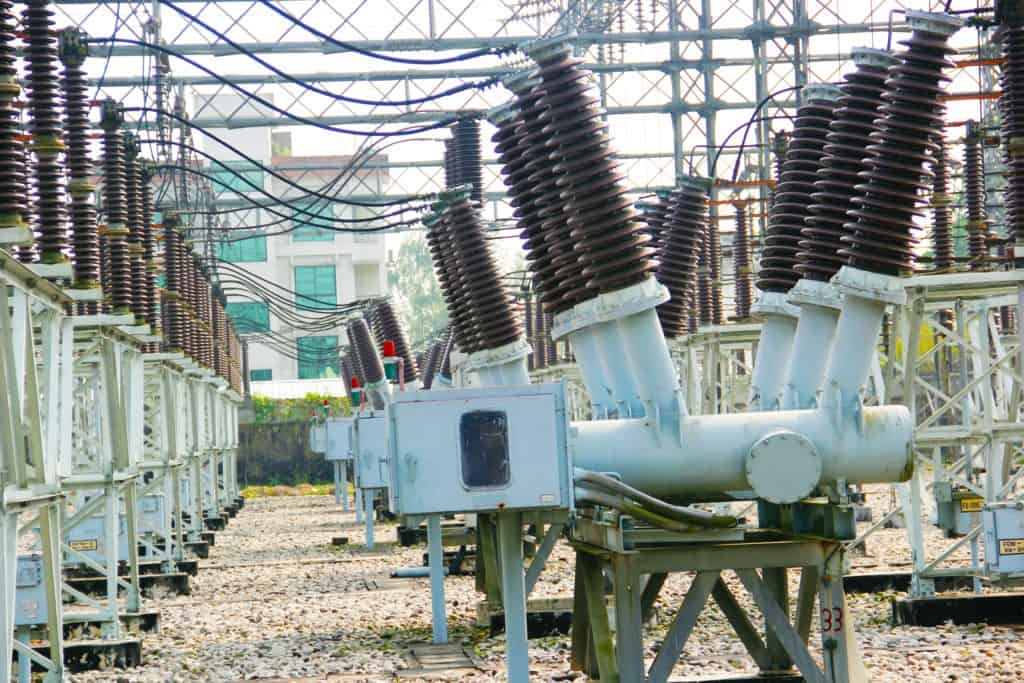by Emily Newton
Changing priorities in the energy industry — like the growing importance of renewable power sources — and the development of novel grid management technology have made grid modernization more important than ever.
Power transformers, likely the most essential elements of the grid, will play a central role in this modernization. Businesses in the transformer industry that understand how transformers fit into grid modernization will be essential.
Smart Grid Infrastructure May Soon Need Smart Transformers
Existing smart grid infrastructure paves the way for power grid modernization to enable the two-way flow of electricity and information between consumers and utilities. Modernized grid systems will allow the collection of data that can help utilities, municipalities and other organizations streamline and automate grid operations.
The need for the smart grid is driven by a combination of opportunities, enabled by new computer technology and changing consumer priorities. The pivot to new renewable power generation resources necessitates a grid with a greater focus on storage resources. In addition, growing electricity demand is pushing utility companies to build a grid that is more responsive to consumer needs.
Advanced metering infrastructure (AMI), like smart meters, is the foundation of this new grid. However, more complex systems may take advantage of many IoT devices and grid technology innovations — like AI-powered grid management, sensors, radio modules, routers and smart transformers.
Why Smart Transformers May Be Central to Grid Modernization
Investment in new transformer technology may present an opportunity to upgrade or modernize aging transformers around the country.
For example, transformer upgrades may present an opportunity for environmentally minded companies to swap aging wet-type models for modern smart versions with intelligent cooling systems. They could also outfit high-risk transformers with networked sensors that can help reduce the risk of failures.
These systems can help mitigate some of the potential safety and environmental impacts of wet-type transformers — like oil leaks, the possibility of fires and the ventilation of gasses.
Networked maintenance sensors outfitted in or on the transformer can track and continuously report critical operational variables, including fan rate, oil flow rate and temperature, via either winding indicators or fiber optic sensors.
Information from these sensors can be displayed on transformer indicators and digital dashboards that pull data from the cloud. Utility managers would have a bird’s-eye view of all smart transformers connected to their network, allowing for more effective monitoring and management of the system’s health.
Over time, sensor data can also lay the foundation for predictive maintenance algorithms. These AI-powered forecasting tools use real-time data from transformer sensors to predict when parts will fail, become stressed or need replacement.
These applications of smart technology can make transformers more reliable, reducing the risk of downtime and environmental impact that can come with failure.
Solid-State Transformers for the Smart Grid
Another critical innovation in grid technology may help make transformers even more efficient. Solid-state transformers (SSTs) are AC-to-AC converters that can effectively replace conventional models, like line frequency, in AC electricity distribution.
Advantages of SSTs over traditional converters include their small volume, light weight and higher power density. Some writers believe the technology could be especially useful in emerging microgrids, where they could act as a kind of energy router for local operations. They could serve as a bridge between a DC microgrid and the external AC grid in some cases.
Like conventional transformers, SSTs can be outfitted with a range of networked sensors that track transformer performance and health as well as important grid information. Data from these sensors can help grid operators manage supply and demand more effectively, helping streamline grid operations.
Because microgrids are likely to become popular due to benefits like added grid resilience and reliability, interest in SSTs is likely to grow as well.
Already, there are signs that major players in the renewable energy and smart grid space — like Amazon — are interested in the possibilities of SST technology in combination with microgrid infrastructure.
In late October 2021, Austin-based Resilient Power, developer of a solid-state transformer, announced that it had closed a $5 million seed round. Investors in the company include Amazon’s Climate Pledge Fund and GS Futures, the venture capital arm of the GS Group conglomerate, a major South Korean energy investor. The company was previously funded by $3 million in grants from institutions including the U.S. Department of Energy and the Savannah River National Laboratory.
How New Transformer Technology May Reinvent the Grid
The grid needs modernizing. Existing infrastructure is often aging and may soon be unfit to serve customers’ needs. Innovations in grid infrastructure and technology — like networked devices and microgrids — can improve efficiency, responsiveness and resilience.
New transformer technology will play a key role in modernizing the grid. Smart transformers will provide utility companies with critical information on infrastructure and operation. Solid-state transformers may replace line-frequency versions altogether in certain cases, allowing utilities to take advantage of the smaller footprint and higher energy density they offer.
